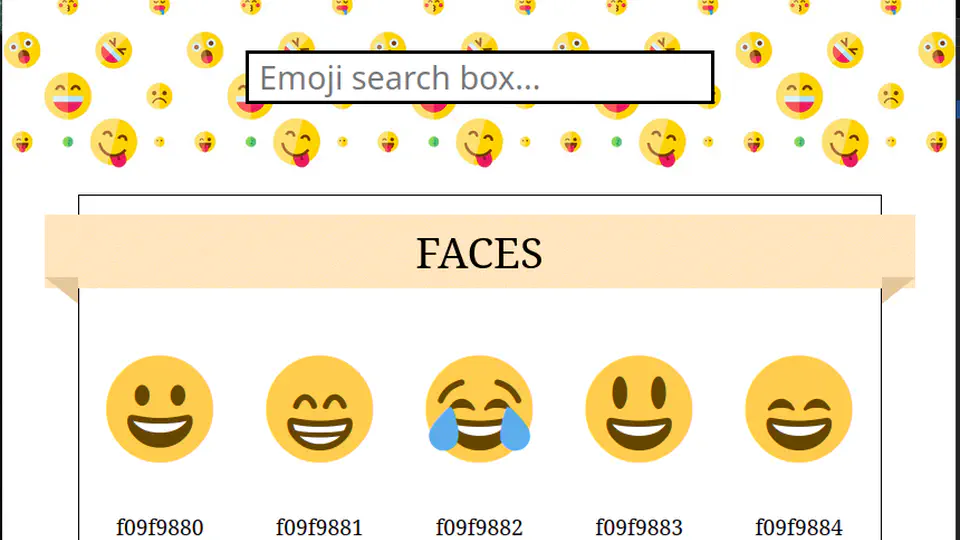My research interests include web security, with special focus on web caches.
- Web security, caches and proxies
- Cloud security
- CTF
PhD in CyberSecurity, 2021-
University of Trento
Master in CyberSecurity, 2021
University of Trento
BsC in Computer Science, 2019
University of Trento
November, 2025: We arrived 3rd place in the WP CTF 2025, a Capture The Flag competition in Bolzano, Italy, organized by Würth IT.
April, 2025: Our paper Koney: A Cyber Deception Orchestration Framework for Kubernetes has been accepted at ADnD 2025, co-located with EuroS&P 2025. We will present our work on Koney, a Kubernetes operator for automated cyber-deception in cloud-native environments. The source code is available on GitHub.
January, 2025: We have been accepted for a poster session at KubeCon, between April 1-4 in London. We will present Koney, our new Kubernetes operator for automated cyber-deception in cloud-native environments.

